An American Puzzle: Fitting Race in a Box
Since 1790, the decennial census has played a crucial role in creating and reshaping the ever-changing views of racial and ethnic identity in the United States.
Over the centuries, the census has evolved from one that specified broad categories — primarily “free white” people and “slaves” — to one that attempts to encapsulate the country’s increasingly complex demographics. The latest adaptation proposed by the Biden administration in January seeks to allow even more race and ethnicity options for people to describe themselves than the 2020 census did.
If approved, the proposed overhaul would most likely be adopted across all surveys in the country about health, education and the economy. Here’s what the next census could look like.
In some ways, the government is attempting to catch up with modern views of racial and ethnic identities.
There are complicated politics at work too, and the proposed changes have provoked criticism among some scholars and activists.
Many Hispanic or Latino U.S. residents mark “some other race,” typically because they don’t see themselves as “Black” or “white.” Supporters of the proposal say the changes reflect that Latinos have long been treated as a distinct racial group in the United States. But Afro-Latino scholars argue that the new method would mask important racial differences among Latinos.
Community leaders have been advocating for a “Middle Eastern or North African” category for years, pointing to the need for better data for this growing population, especially around health care, education and political representation. If the proposal is approved, this would be the first time since the 1970s that a completely new racial or ethnic category is added to the census.
A precise, universally accepted distinction between race and ethnicity does not exist. Instead, there’s a murky history of law, politics and culture around racial identity in America.
“There is no such thing as a perfect question,” said Roberto Ramirez, a population statistics expert at the U.S. Census Bureau. The bureau has conducted numerous tests in recent decades to improve the census so that people can more accurately identify themselves, he said.
If approved, the new race and ethnicity formulation will have wide-ranging impacts. Any organization receiving federal funding — down to local schools — would have to adhere to it. Race data informs how resources are distributed; whether equal employment policies and anti-discrimination laws can be enforced; and how congressional districts are drawn.
Ever since the census began measuring the U.S. population, race has been central to the counting. The census is more than a bureaucratic exercise; it embodies the country’s continued efforts to neatly categorize inherently nuanced and layered identities. Terms that are now widely viewed as outdated or even offensive had their place on the official forms for decades.
The reality of categorizing people with distinct labels has never been simple.
People with identical lineage may choose different boxes, and the same person may choose different boxes in different years. Former President Barack Obama, the son of a white woman from Kansas and a Black man from Kenya, for example, marked himself as “Black,” even when checking more than one race was an option.
Historically, some edits to census race boxes reflected changes in policy or public sentiment. As the nation’s laws on slavery shifted, the census began phasing out the counting of enslaved people and instead introduced new terms to define the Black population.
Other changes were from a push and pull between how the government saw individuals and how they wanted to self-identify. Despite being banished from common use, the term “Negro,” for example, was used in nine decennial censuses until 2010. The term was dropped by the next census.
With 24 decennial censuses so far, race options have changed more than a dozen times, as new groups have been added and others deleted.
“It’s like the census is adjusting the dials on your camera and you get different pictures accordingly,” said Naomi Mezey, a law professor at Georgetown University and the author of “Erasure and Recognition: The Census, Race and the National Imagination.” “It has huge and profound cultural consequences.”
Most recently, the census forms have become the most reliable path to becoming visible — a way to have respondents’ identity, or at least something close to it, documented.
How the Counting Started
Charting the changes in the census over the last two centuries shows the country’s continued struggles over racism, nativism and xenophobia. The census performs dual, and, at times, conflicting purposes: keeping close count of those who deviate from the majority and also recognizing the way people perceive their own racial and ethnic identities.
The 1790 census did not explicitly specify the race of Black people or even acknowledge Native Americans.
The census counted each enslaved worker as three-fifths of a person, reflecting a compromise that granted enslavers more political representation.
But that very first count, with its emphasis on separating enslaved people from free people, paved the way for the census to rely on race as a way to define groups of U.S. residents.
From slavery to racial segregation policies, and through the civil rights movement of the 1950s and 1960s to now, the Black population has been identified by 10 distinct terms.
“Mulatto,” introduced in 1850, was the first term to define a multiracial person. It was removed in 1930 around when the one-drop rule — the classification of anyone with even one Black ancestor — fell out of favor. “Black or African American” eventually replaced “Negro.”
Native Americans were not officially represented in the earliest censuses because most lived under separate sovereignty according to treaties. Beginning in 1860, census takers were instructed to include “Indians,” but only those who renounced tribal affiliation.
It wasn’t until 1890 that the Census Bureau began to count all Native Americans, even those who lived on reservations.
After Alaska was admitted into the United States in 1959, census categories also included “Aleut” and “Eskimo,” which many now consider a slur and was later changed to “Alaska Native.”
Tracking of Immigrants
Anxiety over immigration heightened in the middle of the 19th century, when immigrants from China came as railroad workers. In 1870, the census added a Chinese category.
The Chinese Exclusion Act, passed in 1882, suspended immigration from China. The Immigration Act of 1924 limited the number of immigrants allowed into the United States through a quota based on national origins. The quota was set based on numbers from the 1890 census.
As more immigrants arrived from countries including Japan and Korea, the census grouped them all together, creating a broad Asian American identity.
“The census helped make a ‘race’ out of what had previously been thought of mainly as a nationality,” Ms. Mezey wrote in her paper, referring to people with roots in countries throughout Asia.
Other Asian groups were introduced, removed and then reinstated over the decades, as their populations ebbed and flowed.
After Hawaii became the 50th state in 1959, various categories for Pacific Islanders were added to the census. In 1990, they were put together under a broad group — “Asian or Pacific Islander.”
Similarly, the census also eventually helped popularize the idea of a panethnic “Hispanic or Latino” identity, which included both recent immigrants and native-born citizens who traced their roots to countries from Mexico to Panama to Chile.
Mexicans were the first group of Hispanics to be enumerated. To capture the increase in immigrants after the Mexican Revolution, which ended in 1920, the census had a distinct category for Mexicans in 1930 for the first and only time. But many Mexican Americans fought for the category’s removal in the next census because they sought to be counted as white to gain citizenship.
During the civil rights movement in the late 1960s, Mexicans in the Southwest, Puerto Ricans in the Northeast and Cubans in Florida banded together to urge the federal administration to count the fast-growing Hispanic population. Federal officials said it would be too difficult to add a new category to the short form that enumerated race. So in 1970, they instead created a separate question asking the person’s origin or descent on the longer version of the forms.
But the categories created have struggled to fully capture or accurately describe how people really identify. For example, “Latino” was added in 2000 to the category in part because many people with roots in Latin America did not identify with the term Hispanic.
Confusion also persisted about the distinction between race and ethnicity, with a steadily increasing number of people who identified with being of “Hispanic, Latino or Spanish” origin choosing the “other” category in the race question. In 2020, “some other race” was the second largest race group measured by the census, with Latinos making up a vast majority of those who did not see themselves in any other race option, including Black, white or Asian.
People who chose ‘some other race’ on the decennial census
Source: National Historical Geographic Information System
“There are significant numbers of people now who don’t perceive themselves as fitting into the existing categories,” said Jeffrey S. Passel, a senior demographer with Pew Research Center. “The Census Bureau, ever since they added the Hispanic origin question to the census, has been grappling with how to get Hispanics to tick one of the conventional race categories.”
In the latest proposal, “Hispanic or Latino” would be included in a more broadly defined racial and ethnic category, and people would have the option to choose one or more additional categories as well. Proponents believe the change will drastically decrease the number of people who identify only as “some other race.” But some opponents say there have not been enough tests to assure that the changes will not lead to an undercount of Black Latinos. They worry, for example, that a Black Dominican would mark only Hispanic and not Black.
Seeking New Recognition
The Biden administration’s proposal also seeks to add a box for people with Middle Eastern and North African, or MENA, roots. It is the government’s latest attempt to count a group that has long been invisible on the census. A 2015 study by the Census Bureau showed that when given a “Middle Eastern and North African” option, people of that heritage overwhelmingly chose that over “white.”
Historically, the United States has often counted the group in the “white” category because of a decades-old federal directive that defined it that way. In the early 1900s, Arab immigrants had pushed to be classified as “white” to circumvent rules that allowed only white immigrants to become U.S. citizens.
But as that population has increased in the United States, more have pressed for recognition. The number of Middle Eastern and North African residents in the United States has grown to nearly four million in the last decade, as shown in the chart below.
Change in MENA population in the U.S.
Source: American Community Survey
Note: MENA population includes those with Afghan, Algerian, Arab, Armenian, Assyrian/Chaldean/Syriac, Egyptian, Georgian, Iranian, Iraqi, Israeli, Jordanian, Kurdish, Kuwaiti, Lebanese, Libyan, Middle Eastern, Moroccan, North African, Palestinian, Saudi Arabian, Somali, Sudanese, Syrian, Turkish or Yemeni ancestry.
The Biden administration’s Office of Management and Budget has solicited feedback on its proposal, which it could implement and add to all federal forms as early as next summer, and then be used for the 2030 census. With the change, the number of people counted simply as “white” is likely to decline, because of the high numbers of MENA and Hispanic residents who have been marked as white.
Even as the current proposal is still being debated, there are more potential changes already being discussed. Some are pushing for the government to expand gender beyond male and female options. Other activists are asking to create a “Black” subcategory called “American Descendent of Slavery,” as part of a push for reparations.
“There is so much conversation now around descendants of slavery and the need to really deal with the legacy of slavery head on,” said Evan Shepard, a spokesman for the American Descendants of Slavery Advocacy Foundation. “This is a small step in that direction.”
No matter what the solution is for 2030, the forms are almost certain to change again.
1790
1800
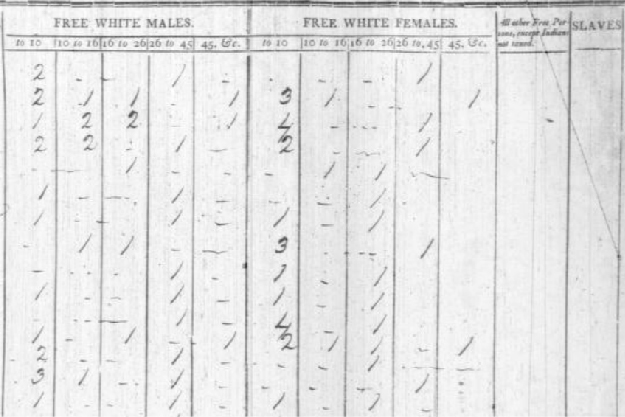
1810
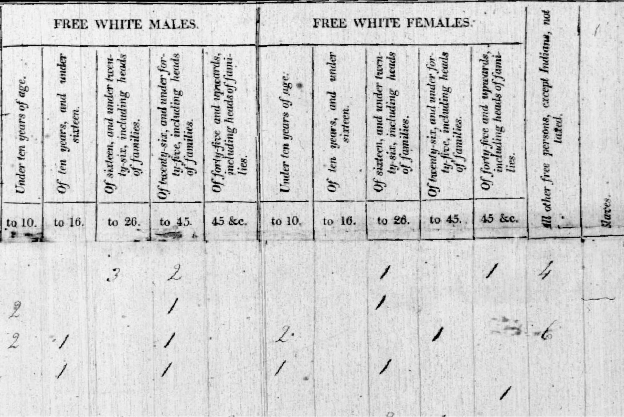
1820

1830

1840

1850
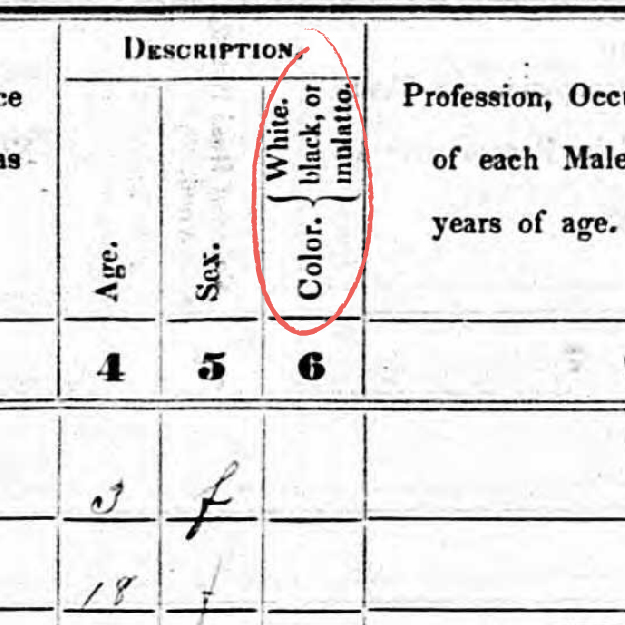
1860
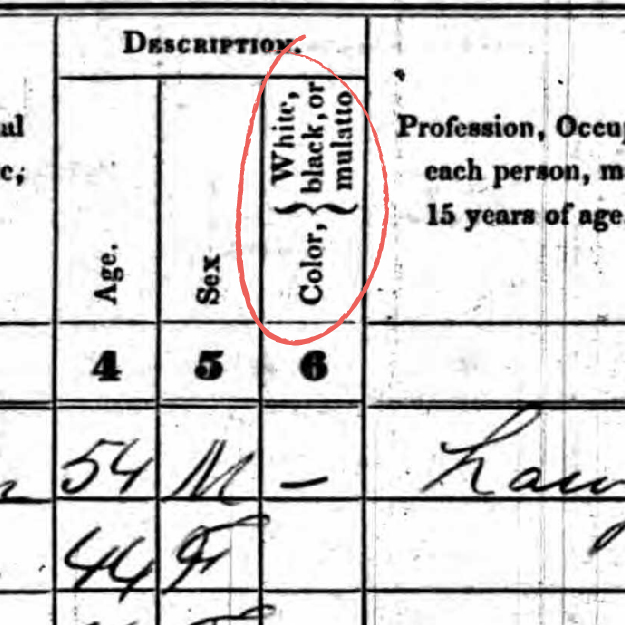
1870

1880
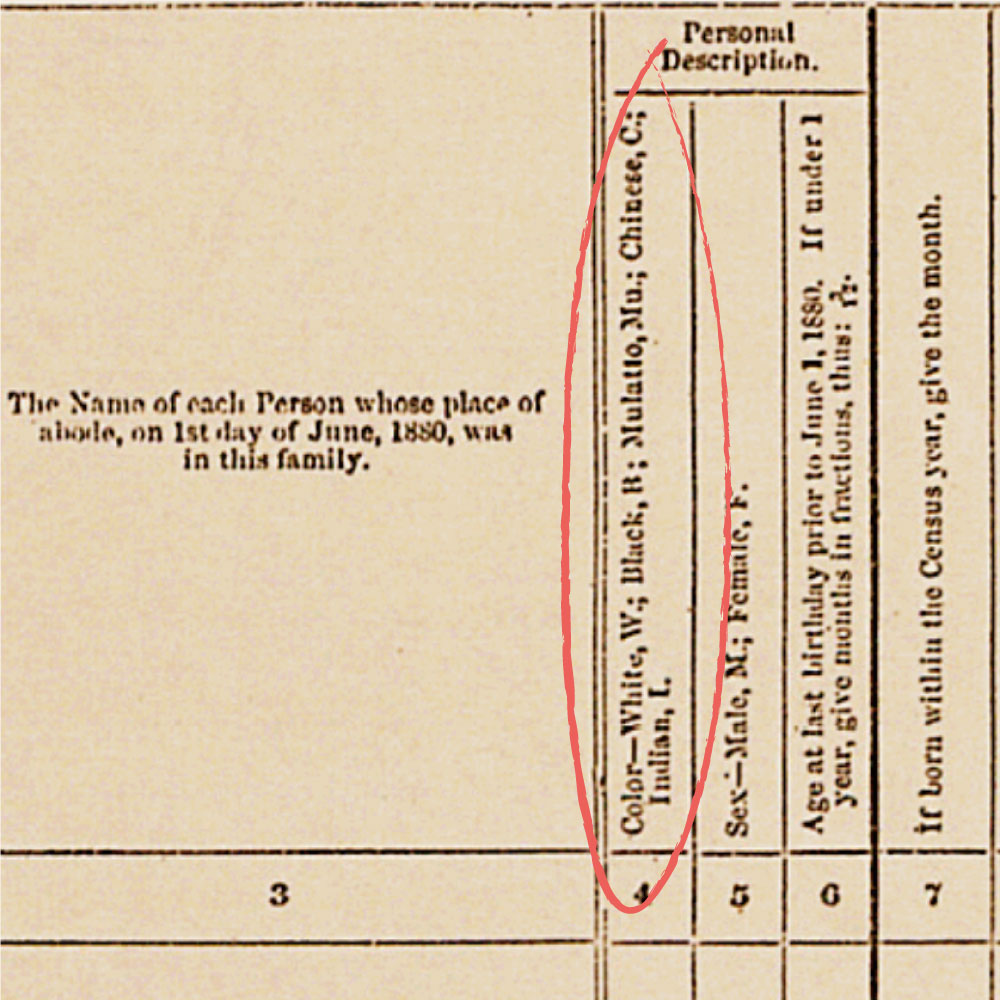
1890
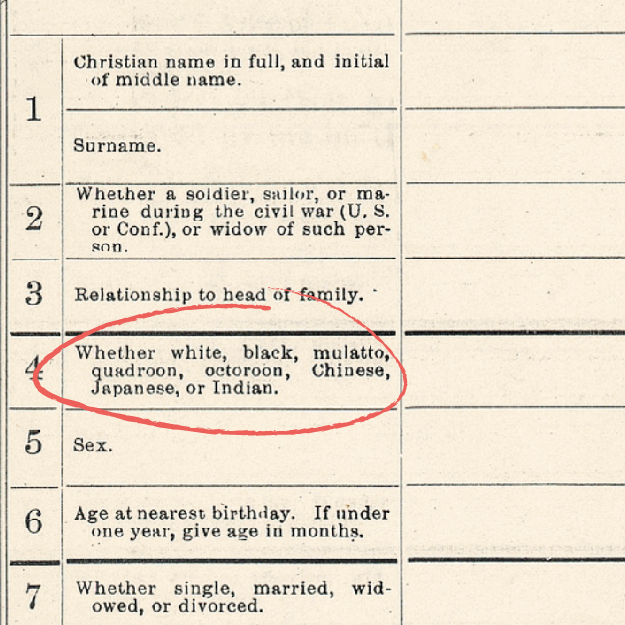
1900

1910

1920
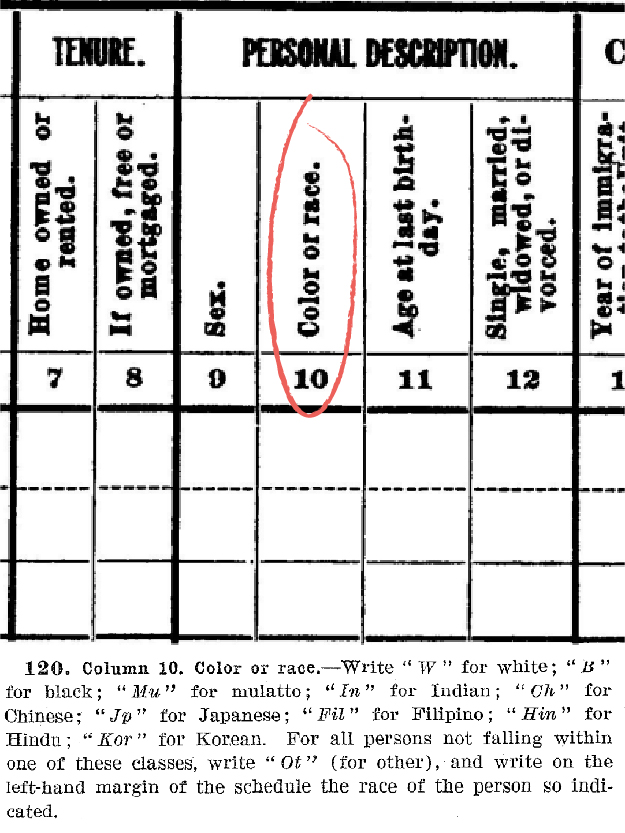
1930

1940
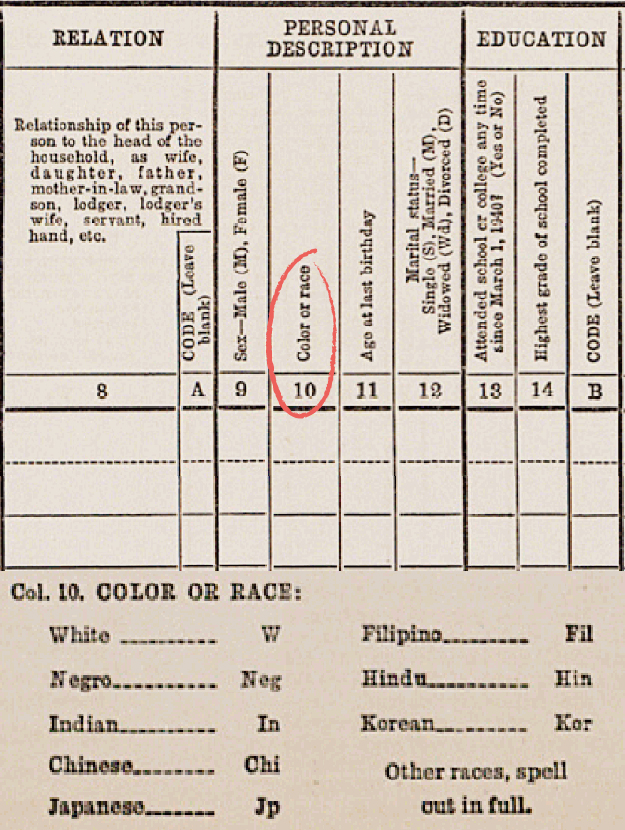
1950
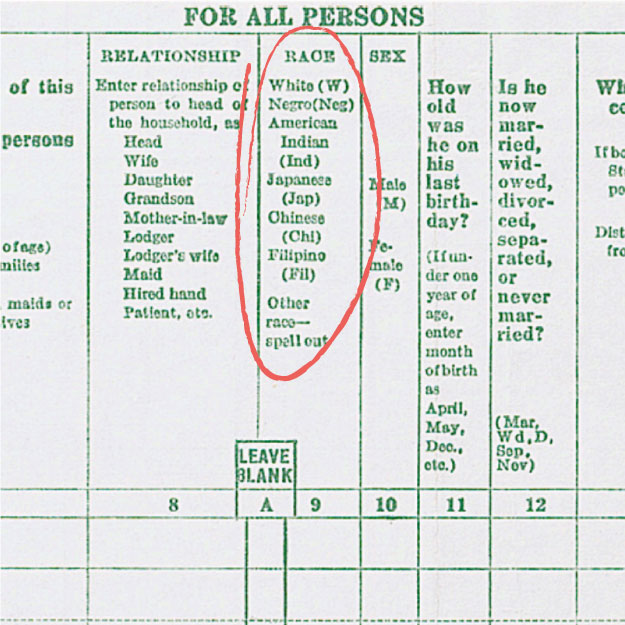
1960
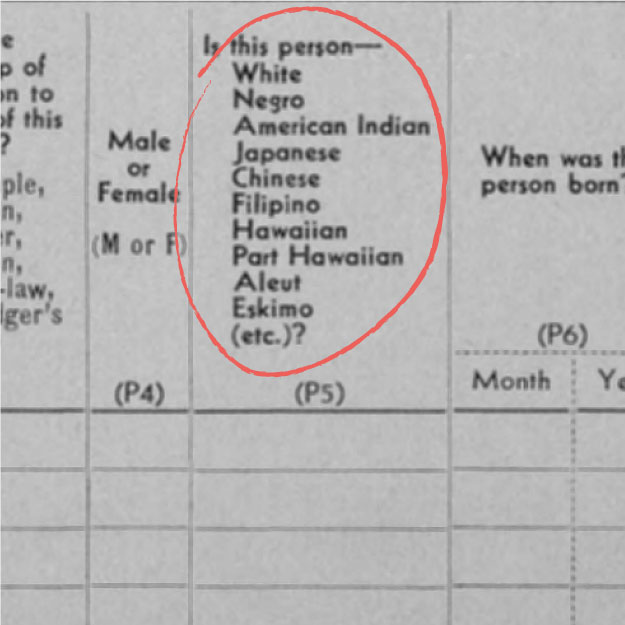
1970

1980
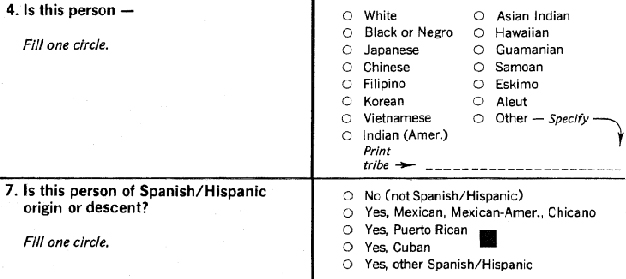
1990
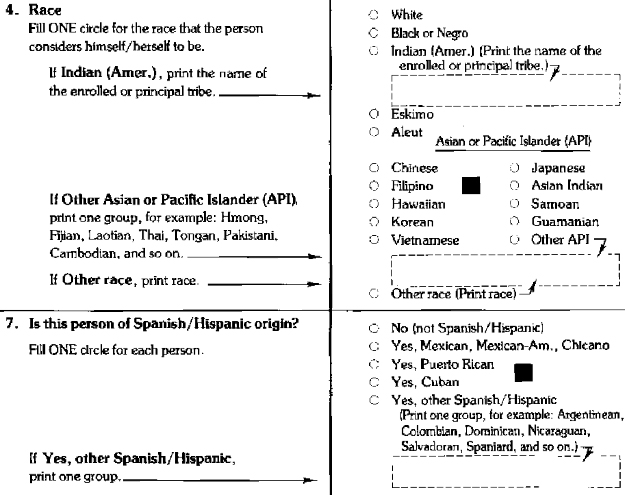
2000
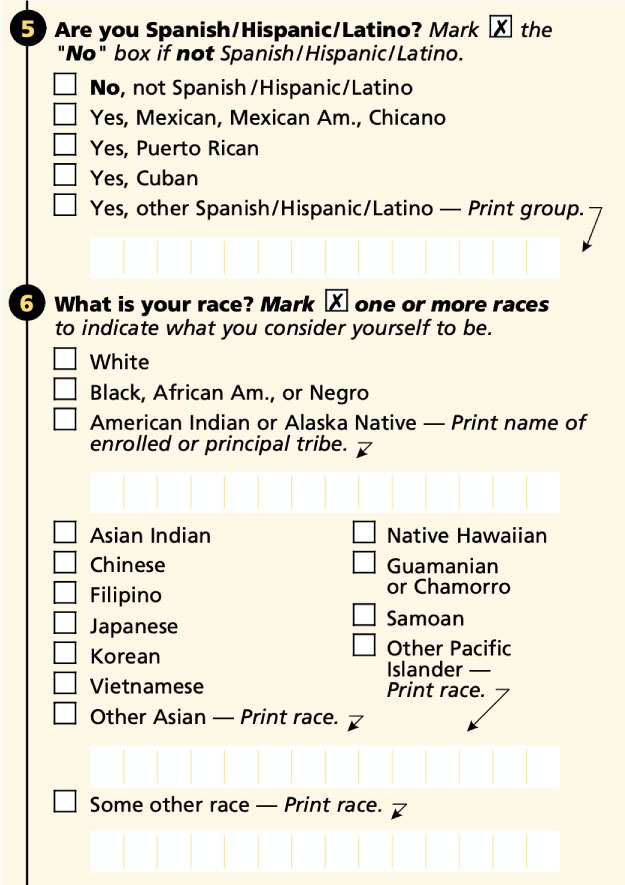
2010
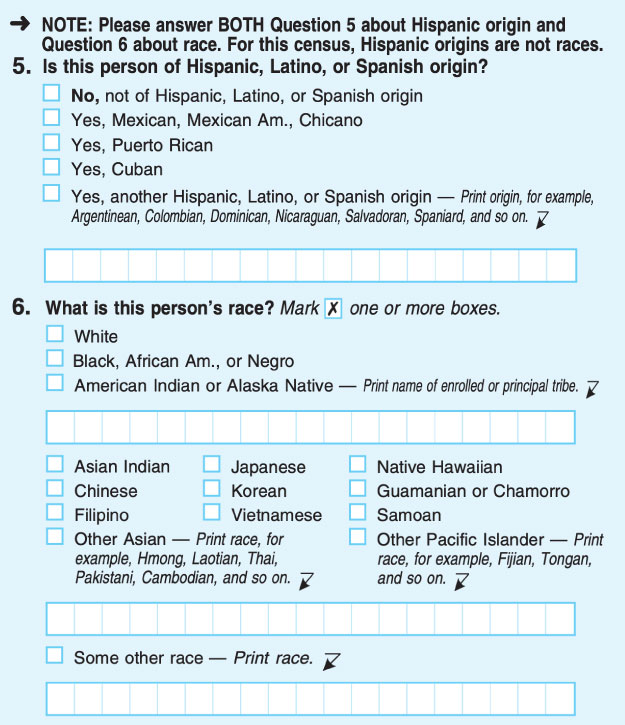
2020
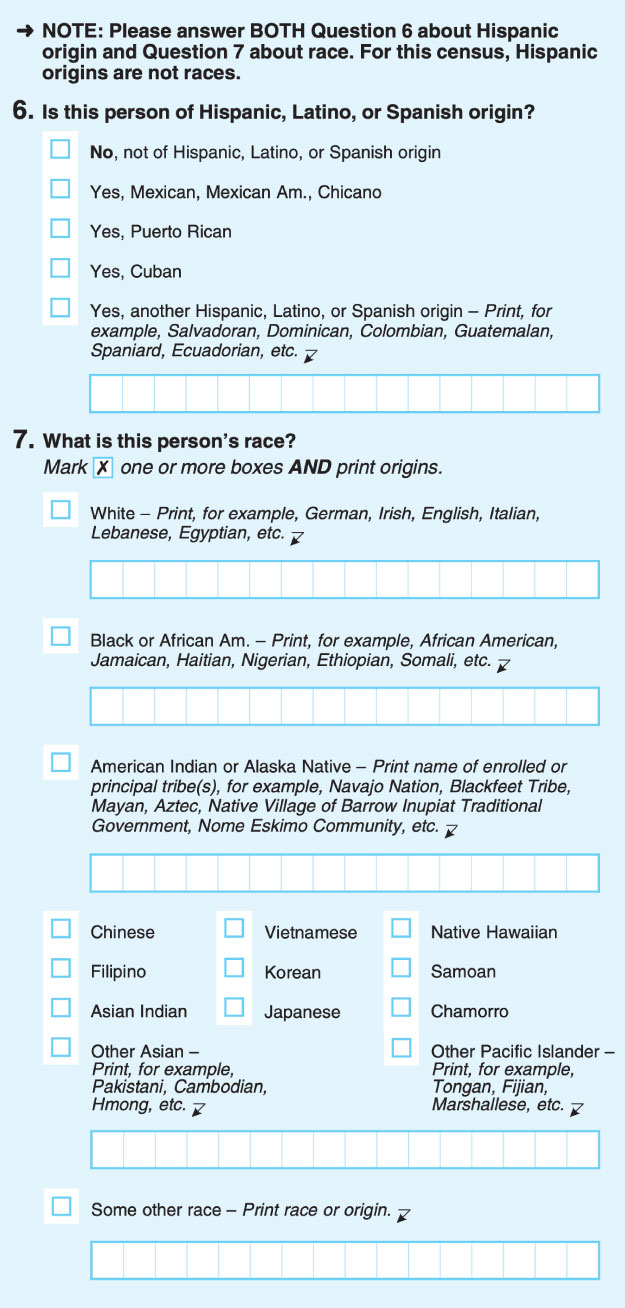
Read the full article Here


